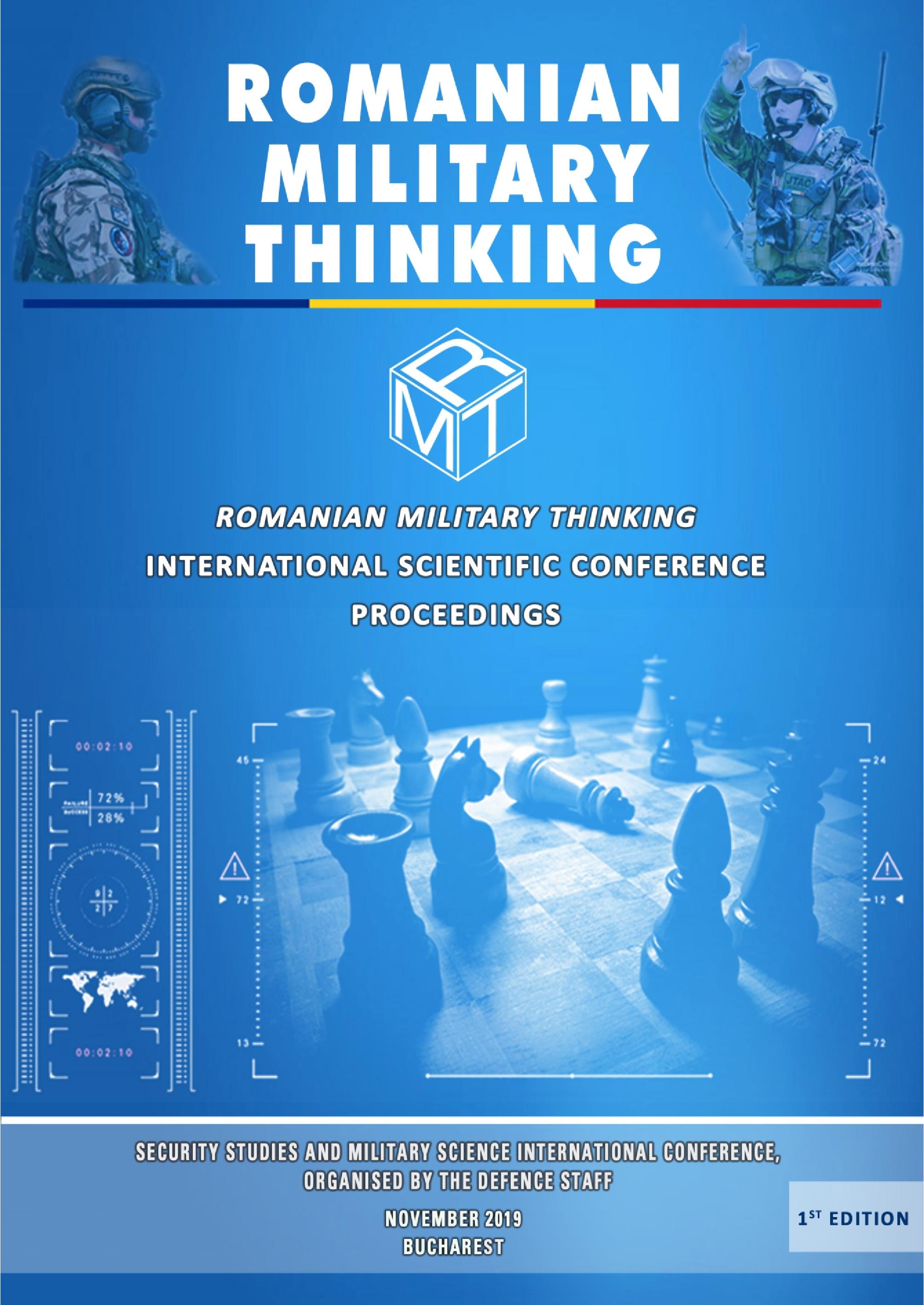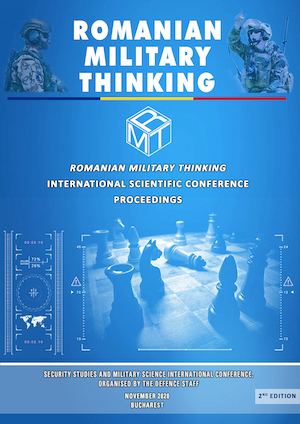
Environmental Security as Part of the National and European Security: the Strategic Dimension of the "National/European Forest Area"
Agenda 2030, as major paper assumed within UN framework by member states, consecratesimportant parts to sustainable development topics, imposing to the states the increasingof environmental quality, to protect it and to preserve it, as a part of the human securityand of the enlarged concept of national and global security, too. More precisely, at thebeginning of the 21st century, we can accept a connection between the three types of security,due to the effects produced by aggressions on environment or by the lack of public policiesimplementation (irrespective of governances) on the local communities security, on states,on regions (regional ecosystems), on entire continents, and to the global level. Within the21st century it is necessary a new understanding of traditional concepts on security, from theperspective of environment and the challenges to which it is exposed, to a larger extent thanin other times. The dimension of protecting the forests (inclusively through methods and proactivepolicies to gather waste or through reforestation, protecting biodiversity, protectingecosystems as such) represents, in our opinion, an active dimension of implementing the 21stcentury strategies related to human and national security. The present paper presents anapproach to forest protection at European and national level, starting from the definition ofhuman security, from the perspective of connecting to the security dimension, the environmentas part of national security, briefly considering the forests issue, their quality as a part ofnational and European security.
More...
